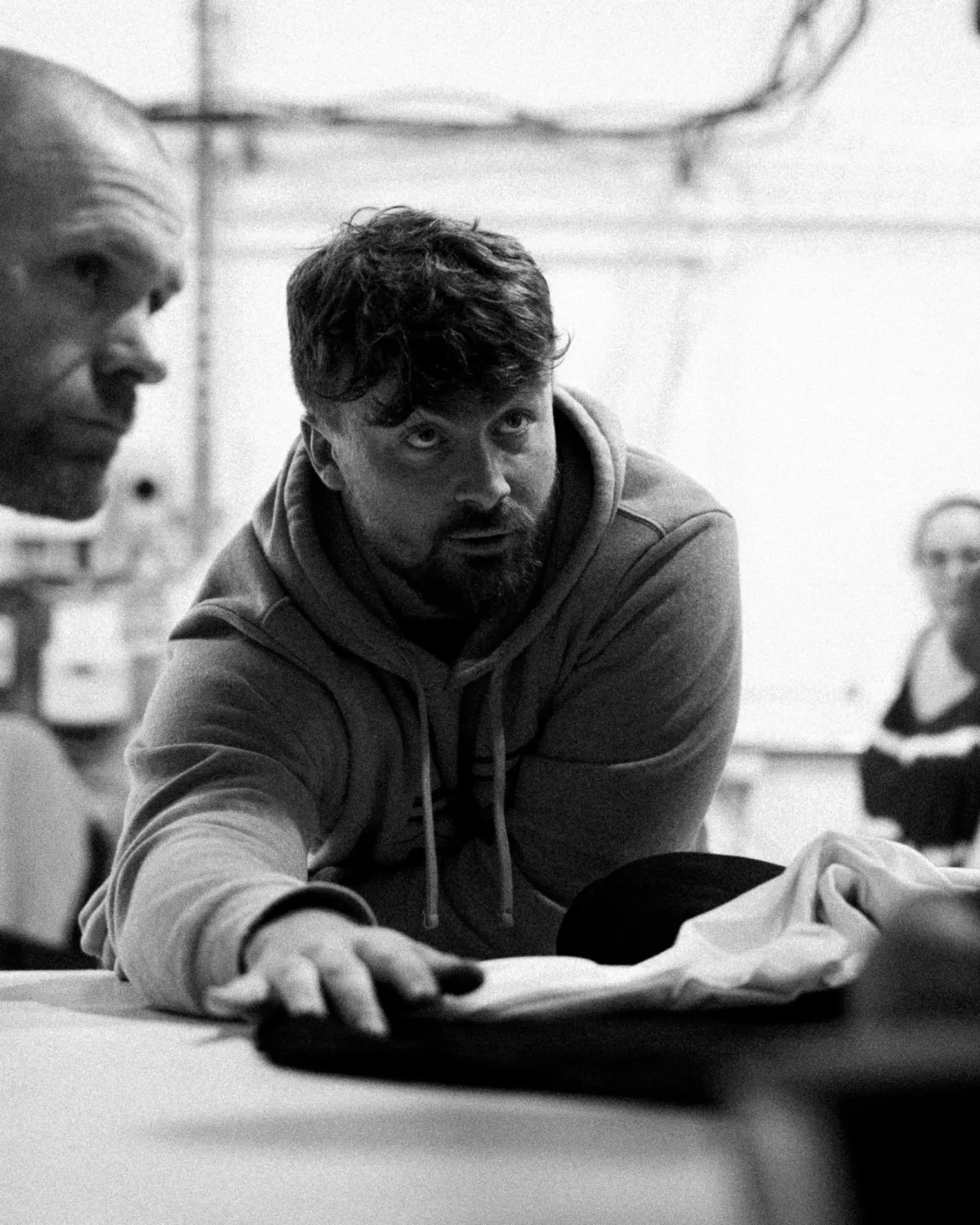
Leading Through Change
Leading Through Change
Change is constant. Technology advances. Strategies shift. Markets evolve. The organisations that recognise this and adapt quickly are the ones that find competitive advantage. But change management is more than spotting trends. It is about leading people through transition. Without that, even the best plans stall.
Change should be seen as an opportunity for growth and performance. Yet it always brings challenges in the human terrain. People resist change. If teams are not effectively led, resistance grows into confusion and frustration. The result is wasted effort and outcomes that fall short.
The role of a leader is to set the right conditions for success. That responsibility becomes critical in times of change. Leadership means providing the information, the clarity, and the trust that help teams move forward with confidence.
The first responsibility is to inform. Leaders make decisions with information. Teams solve problems with information. Without it, both fail. During change, the most important piece of information is “The Why.” It has two parts. The first is why the change is happening and what benefits it brings. What problem does it solve? What opportunity does it open? What efficiency does it create?
If everyone understands the why, they can align their actions with it. Challenges will appear. Problems always surface in implementation. When they do, they are best solved by the people closest to them. If those people know the desired end state, their solutions will move the team closer to it. If they don’t, they may hesitate, ignore the issue, or attempt fixes that create new problems. A team that does not understand the goal cannot achieve it.
The second part of “The Why” is individual role clarity. Each person must know how their work contributes to the success of the change. This creates ownership. It empowers people to see themselves as part of the mission, not just bystanders. When roles are vague, tasks slip, duplication appears, and accountability fades.
Lack of information creates stress. When people are uncertain, their natural response is negative. They defend the current way of working or push back against the proposed change. If that is happening in your organisation, it is likely a signal that your team does not have the information they need.
The next discipline is communication. It must be SIMPLE, clear, and concise. Leaders often know every detail of a change plan. But teams do not need that level of detail to succeed. In fact, too much detail often creates confusion. Share what matters most: the purpose, the benefits, the essentials. Communication must also move up, down, and across. It must include external stakeholders such as vendors, clients, and partners if they are affected. The test is simple: if someone has a say in the success of the change, or will be impacted by it, they must be included.
Communication is not one-way. Leaders must listen. Teams closer to the work hold information leaders do not have. Their concerns and insights often improve the plan. Asking questions with genuine curiosity creates trust and strengthens execution.
Leaders must also DETACH. No plan is perfect. New information will emerge. Adjustments will be needed. A leader who is too attached to their plan resists change and damages credibility. Detachment means caring less about whose idea wins and more about whether the plan succeeds. When teams see their input shaping the outcome, they take greater ownership.
OWNERSHIP is the final and most powerful tool. The best plan is the one the team owns. Dictated plans stifle initiative. When problems arise, people push responsibility upwards or use the gaps as an excuse. When the team creates the plan, they are invested in its success. They understand it in detail and are equipped to solve problems without constant escalation. That frees leaders to stay focused on what comes next.
Even when gaps appear in a team’s plan, the response should be to ask questions, not take over. This creates mentoring opportunities without stripping ownership away. When teams know the plan is theirs, they work harder and solve better. That is how buy-in is built.
So why is change management important? Because it ensures transitions are effective. It reduces stress. It keeps teams engaged. It aligns effort with strategic goals. Change management is not a reactive tool but a strategic discipline. It prepares organisations for the future and builds adaptability for what comes next.
Leaders who succeed in change management follow a simple path. They inform their teams of the “why.” They communicate with clarity across all stakeholders. They listen and adapt. They detach from ego and attachment to their own plans. And they give ownership to the teams who must execute.
In doing so, they remove confusion, reduce resistance, and create the conditions for successful change. That is leadership in practice. That is how change becomes opportunity.
